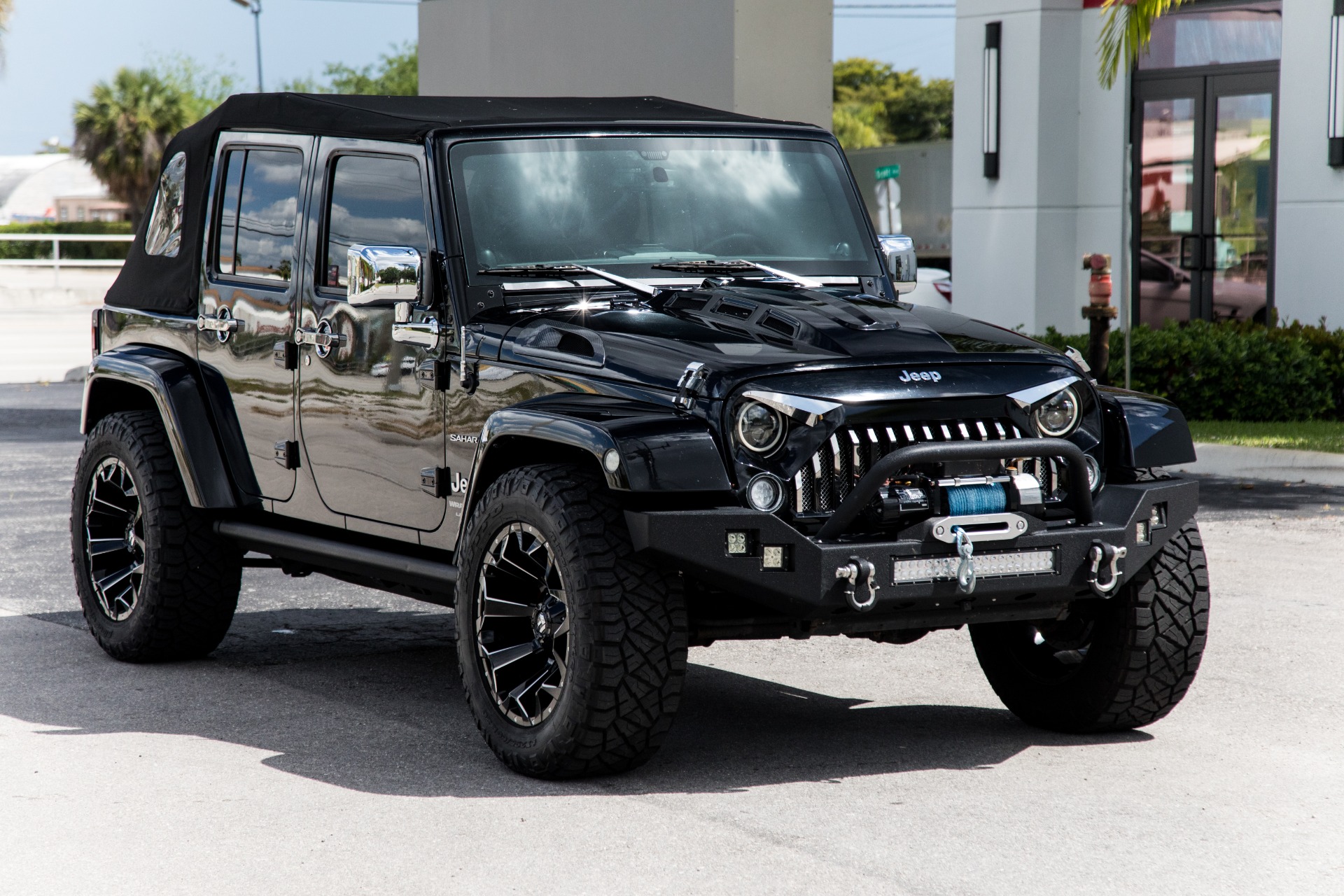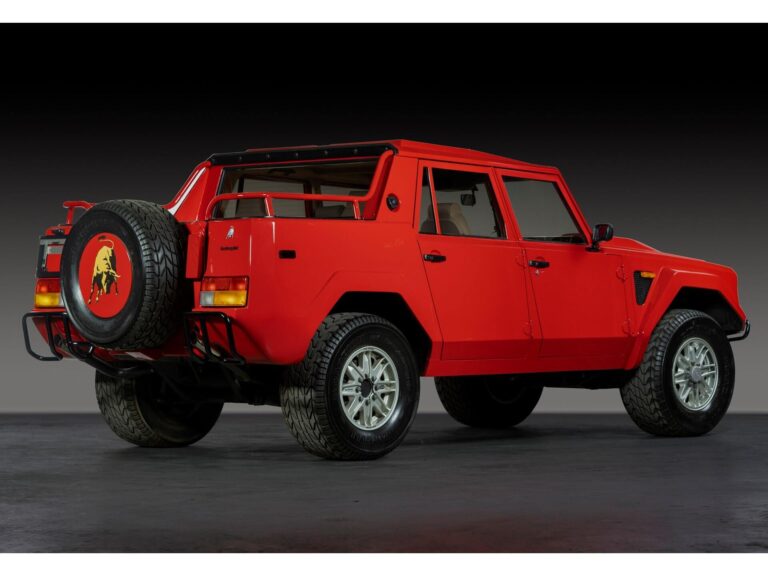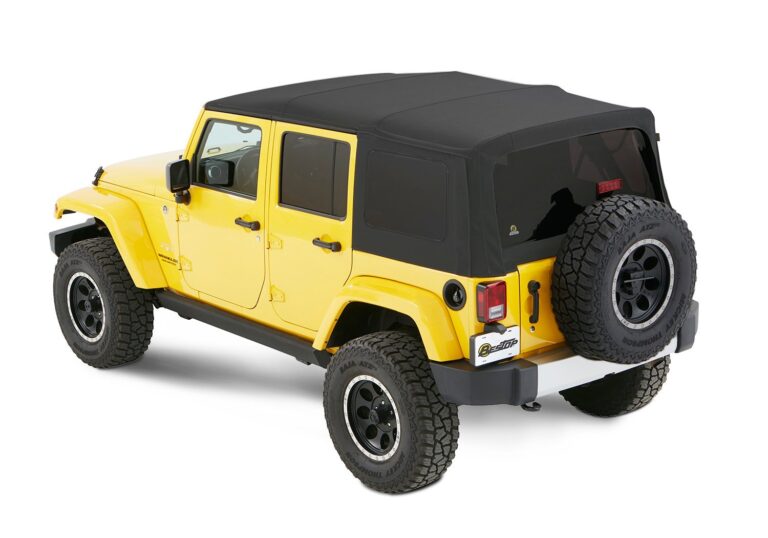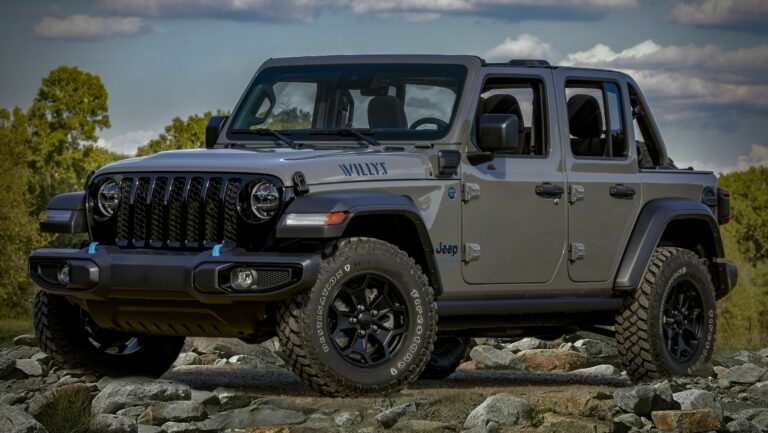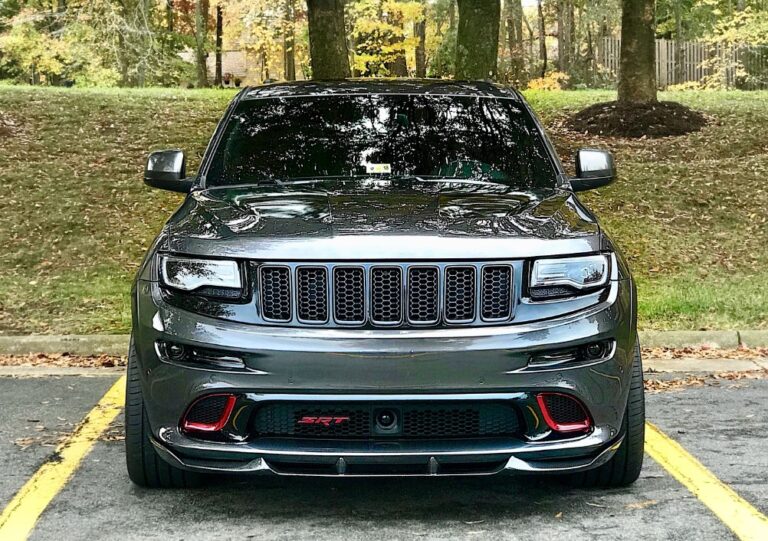Wrangler Jeep Dimensions: A Comprehensive Guide to Understanding Your Off-Road Icon
Wrangler Jeep Dimensions: A Comprehensive Guide to Understanding Your Off-Road Icon jeeps.truckstrend.com
The Jeep Wrangler is more than just a vehicle; it’s a symbol of adventure, freedom, and unparalleled off-road capability. From its rugged aesthetic to its go-anywhere spirit, every aspect of the Wrangler is designed with purpose. Central to understanding this iconic vehicle’s performance, practicality, and suitability for your lifestyle are its Wrangler Jeep Dimensions. These measurements – encompassing everything from overall length and width to ground clearance and interior space – dictate how a Wrangler performs on the trail, fits in your garage, and accommodates your passengers and gear.
Far from being mere numbers, Wrangler Jeep Dimensions are critical insights for prospective buyers, current owners planning modifications, and off-road enthusiasts assessing trail compatibility. They determine maneuverability in tight spots, stability on uneven terrain, and even the comfort of your daily commute. This comprehensive guide will delve into the intricacies of Wrangler dimensions, exploring their significance, evolution, and practical implications, ensuring you’re well-equipped to make informed decisions about your ultimate adventure machine.
Wrangler Jeep Dimensions: A Comprehensive Guide to Understanding Your Off-Road Icon
Understanding the Basics: Key Dimension Categories
To truly appreciate the engineering behind the Wrangler, it’s essential to break down its dimensions into key categories. Each measurement plays a vital role in the vehicle’s overall character and capability.
Exterior Dimensions: Shaping Performance and Presence
These are the most commonly cited dimensions and directly impact the Wrangler’s off-road prowess and physical footprint.
- Overall Length: The total measurement from the frontmost to the rearmost point of the vehicle. A shorter length generally improves breakover angle and maneuverability in tight turns, while a longer length (like on the 4-door Unlimited models) offers more interior space but can be a disadvantage on steep crests.
- Overall Width: The measurement from the widest point of the vehicle, typically including side mirrors. This affects stability, particularly on side slopes, and determines how easily the vehicle navigates narrow trails or tight parking spaces.
- Overall Height: The measurement from the ground to the highest point of the vehicle, usually the roof or a roof-mounted accessory. Crucial for garage clearance, low-hanging obstacles on trails, and drive-through access.
- Wheelbase: The distance between the center of the front and rear wheels. A shorter wheelbase (2-door Wrangler) provides a tighter turning radius and better breakover angle, making it highly agile off-road. A longer wheelbase (4-door Wrangler Unlimited) enhances stability at speed, improves ride comfort, and offers more interior room, though it can make high-centering more likely on aggressive terrain.
- Ground Clearance: The vertical distance between the lowest point of the vehicle’s chassis and the ground. This is perhaps the most critical dimension for off-roading, directly dictating how high an obstacle the Wrangler can clear without scraping its undercarriage. Higher ground clearance is always preferred for rugged trails.
- Approach Angle: The maximum angle of an obstacle the front of the vehicle can climb without the bumper or other front components making contact. A higher approach angle means the Wrangler can tackle steeper inclines or approach larger obstacles head-on more effectively.
- Departure Angle: The maximum angle of an obstacle the rear of the vehicle can descend or clear without the bumper or other rear components making contact. Similar to the approach angle, a higher departure angle is crucial for clearing obstacles when exiting a climb or descending a steep decline.
- Breakover Angle: The maximum angle of an obstacle the vehicle can traverse without its undercarriage (specifically the center of the vehicle) making contact. This is particularly relevant for cresting hills or navigating humps. A shorter wheelbase generally leads to a better breakover angle.
- Track Width: The distance between the centers of the wheels on the same axle. A wider track width contributes to greater stability, especially on uneven terrain and during turns.
![]()
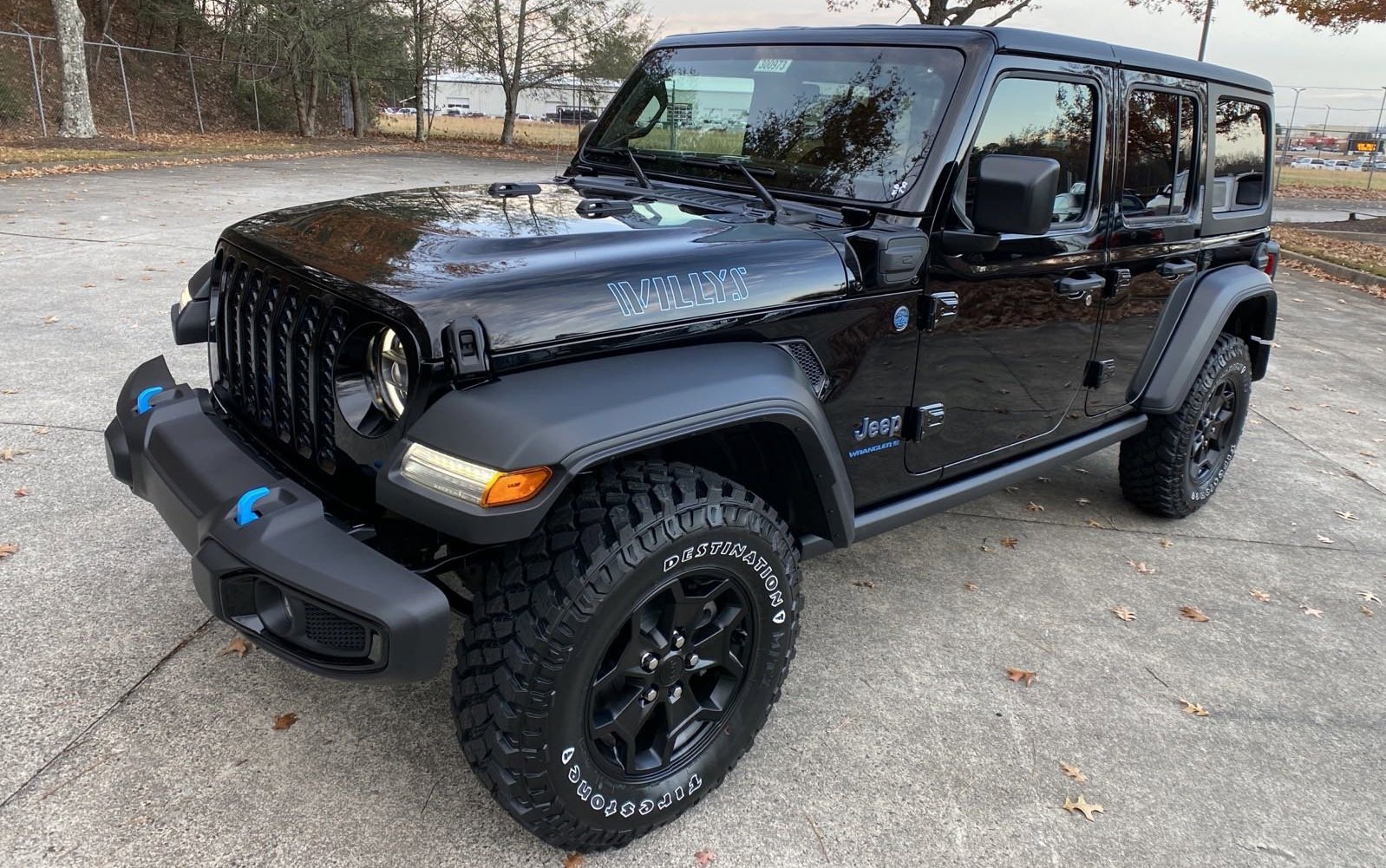
Interior Dimensions: Comfort and Cargo Capacity
While the exterior dimensions define the Wrangler’s capability, the interior dimensions dictate comfort and utility for occupants and their gear.
- Headroom: The vertical distance from the seat to the roof. Important for taller occupants, especially in models with hardtops or soft tops that can reduce space.
- Legroom: The horizontal distance from the seat to the front (or rear) of the cabin. Critical for passenger comfort on longer journeys.
- Shoulder Room & Hip Room: The lateral width available for occupants, affecting how cramped or spacious the cabin feels, particularly when carrying multiple passengers.
- Cargo Volume: The amount of space available for luggage or gear, measured in cubic feet. This is typically provided with rear seats up and with rear seats folded down, highlighting the versatility of the Wrangler’s interior for hauling. The 4-door Unlimited models offer significantly more cargo space than their 2-door counterparts.

The Evolution of Wrangler Dimensions: A Generational Overview
The Jeep Wrangler has undergone several significant redesigns throughout its history, each iteration bringing changes to its dimensions, often growing larger and more refined while striving to retain its legendary off-road capability.
- YJ (1987-1995): The first "Wrangler," it was relatively compact compared to modern versions, known for its square headlights and leaf-spring suspension. Its dimensions were closer to its CJ predecessors.
- TJ (1997-2006): Reintroduced round headlights and a coil-spring suspension, greatly improving ride comfort. While slightly larger than the YJ, it maintained a very manageable footprint for off-roading, especially the standard wheelbase. The longer wheelbase LJ (Unlimited) was introduced late in this generation.
- JK (2007-2018): This generation saw the most significant growth. For the first time, a 4-door "Unlimited" model became a mainstream offering, fundamentally changing the Wrangler’s practicality for families and daily drivers. Both 2-door and 4-door JK models were considerably larger, wider, and heavier than their predecessors. This expansion, while adding comfort and space, also meant a larger turning radius and a different feel on tight trails.
- JL (2018-Present): The current generation builds on the JK’s success, refining its dimensions with subtle but impactful changes. While largely similar in size to the JK, the JL often boasts slightly improved angles, lighter materials, and more advanced powertrains. It continues the 2-door and 4-door (Unlimited) offerings, providing options for various needs. The introduction of the Gladiator pickup (JT) further expanded the Jeep family with even larger dimensions based on the JL platform.
This evolution highlights Jeep’s commitment to balancing the Wrangler’s core off-road DNA with the demands for modern comfort, safety, and versatility.
Why Dimensions Matter: Practical Implications
Understanding Wrangler dimensions isn’t just for enthusiasts; it has real-world implications for every owner.
- Off-Road Performance:
- Ground Clearance, Approach, Departure, Breakover Angles: These are the holy trinity of off-road capability. Higher numbers mean fewer scrapes, less chance of getting stuck, and the ability to tackle more aggressive obstacles.
- Wheelbase: A shorter wheelbase (2-door) excels on very tight, technical trails where maneuverability and sharp breakover angles are key. A longer wheelbase (4-door) provides greater stability at speed and better comfort on uneven trails but can be more challenging on extreme articulation or steep crests.
- Track Width: A wider track generally equates to better lateral stability, reducing the risk of rollovers on side slopes.
- Daily Drivability:
- Overall Length/Width: Impact parking ease, garage fitment, and maneuverability in urban environments. A 4-door Wrangler Unlimited, while practical, requires more space than a compact sedan.
- Height: Crucial for fitting into garages, parking structures, and avoiding low-hanging branches or signs.
- Passenger Comfort and Cargo Capacity:
- Interior Dimensions: Directly affect how comfortable passengers will be, especially on long trips. The 4-door Unlimited drastically improves rear-seat legroom and cargo space, making it a viable family vehicle.
- Cargo Volume: If you plan on camping, overlanding, or simply need to haul groceries for a family, the cargo dimensions become a primary consideration.
- Modifications and Upgrades:
- Lift Kits and Larger Tires: These common modifications directly alter the Wrangler’s dimensions, primarily increasing ground clearance and overall height. Understanding the baseline dimensions is crucial before embarking on such upgrades to ensure compatibility with your lifestyle (e.g., still fitting in your garage) and legal requirements.
- Aftermarket Bumpers/Accessories: Can change approach and departure angles, and overall length, often for the better, but it’s important to consider their impact.
Choosing the Right Wrangler: Considerations Based on Dimensions
Selecting the ideal Wrangler often comes down to matching its dimensions to your specific needs and intended use.
- 2-Door vs. 4-Door (Unlimited): This is the most fundamental dimensional choice.
- 2-Door: Shorter wheelbase, better breakover angle, tighter turning radius. Ideal for extreme off-roading, solo adventures, or those who prioritize agility and classic Wrangler aesthetics. Less interior space.
- 4-Door (Unlimited): Longer wheelbase, superior stability, more comfortable ride, significantly more rear passenger space and cargo volume. Better for families, daily driving, and long-distance travel, while still being highly capable off-road.
- Rubicon vs. Sahara/Sport:
- Rubicon: Designed for maximum off-road capability. Often comes with larger factory tires (e.g., 33-inch on JL Rubicon X, 35-inch on Rubicon 392 and Xtreme Recon), which inherently boost ground clearance and improve approach/departure/breakover angles compared to Sport or Sahara trims with smaller wheels/tires.
- Sport/Sahara: While highly capable, their stock dimensions (smaller tires, sometimes less robust suspension) mean slightly less ground clearance and angles than a Rubicon. However, they are often a more comfortable daily driver and can be upgraded to match or exceed Rubicon capabilities.
- Hardtop vs. Soft Top: While the difference is minimal, hardtops can add a fraction of an inch to overall height and potentially reduce headroom slightly compared to a soft top, which offers more flexibility.
Practical Advice:
- Measure Your Garage: Before purchasing, especially a 4-door or if planning a lift, measure the height, length, and width of your garage door opening and the interior space. Don’t forget to account for any garage door mechanisms or overhead storage.
- Consider Your Trails: If you frequent extremely tight, technical trails with sharp turns and steep obstacles, a 2-door Wrangler’s agility might be more beneficial. For wider, faster trails or overlanding, the 4-door’s stability and space are advantageous.
- Test Drive Multiple Configurations: The best way to understand how dimensions translate to real-world feel is to drive both 2-door and 4-door models, and potentially different trims, to see what feels right for you.
Challenges and Solutions Related to Wrangler Dimensions
While the Wrangler’s dimensions contribute to its legendary status, they can also present minor challenges.
- Challenge: Parking and Maneuvering in Tight Urban Spaces: The Wrangler, especially the 4-door, has a larger footprint and a less car-like turning radius than many modern SUVs.
- Solution: Utilize available parking assistance features (rearview cameras, parking sensors). Practice parking maneuvers. Opting for a 2-door model significantly eases this challenge.
- Challenge: Garage Fitment (Especially with Modifications): A lifted Wrangler with larger tires can quickly exceed standard garage height limits.
- Solution: Meticulous pre-purchase measurement of your garage. If a lift is planned, factor in the additional height from the lift kit and tire diameter. Consider adjustable air suspensions if available or alternative parking solutions.
- Challenge: Long Wheelbase High-Centering: On very aggressive, steep breakover points, the longer wheelbase of the 4-door Unlimited can make it more prone to high-centering (getting stuck with the vehicle’s middle resting on the obstacle).
- Solution: Skillful driving techniques (choosing the right line, using momentum, employing spotters). Some aftermarket solutions like skid plates can protect the undercarriage, and a small lift can improve the breakover angle.
Table: Key Wrangler Generations & Their Representative Dimensions
The following table provides typical dimensions for recent Jeep Wrangler generations (JK and JL) in both 2-door and 4-door (Unlimited) configurations. Please note that exact dimensions can vary slightly based on trim level, tire size, and specific options. The "Typical MSRP Range (Approx.)" is provided as a general guide for the respective generation/model years and is not directly tied to dimensions but reflects the approximate cost for a base model within that period.
| Dimension Category | Measurement | JK Wrangler (2007-2018) 2-Door | JK Wrangler Unlimited (2007-2018) 4-Door | JL Wrangler (2018-Present) 2-Door | JL Wrangler Unlimited (2018-Present) 4-Door |
|---|---|---|---|---|---|
| Exterior Dimensions | |||||
| Overall Length | inches (mm) | 164.3 (4173) | 184.4 (4684) | 166.8 (4237) | 188.4 (4785) |
| Overall Width | inches (mm) | 73.7 (1872) | 73.7 (1872) | 73.8 (1875) | 73.8 (1875) |
| Overall Height | inches (mm) | 70.9 (1801) | 70.9 (1801) | 73.6 (1869) | 73.6 (1869) |
| Wheelbase | inches (mm) | 95.4 (2423) | 116.0 (2946) | 96.8 (2459) | 118.4 (3007) |
| Ground Clearance | inches (mm) | 8.3-10.2 (211-259) | 8.3-10.2 (211-259) | 9.7-10.8 (246-274) | 9.7-10.8 (246-274) |
| Approach Angle | degrees | 37.0-44.3 | 37.0-44.3 | 41.4-44.0 | 41.4-44.0 |
| Departure Angle | degrees | 27.2-37.4 | 27.2-37.4 | 35.9-37.0 | 35.9-37.0 |
| Breakover Angle | degrees | 25.5 | 18.6 | 25.2-27.8 | 20.3-22.6 |
| Track Width (Front/Rear) | inches (mm) | 61.9 (1572) | 61.9 (1572) | 61.9 (1572) | 61.9 (1572) |
| Interior Dimensions | |||||
| Front Headroom | inches (mm) | 41.3 (1049) | 41.3 (1049) | 42.6 (1082) | 42.6 (1082) |
| Rear Headroom | inches (mm) | 40.3 (1024) | 40.4 (1026) | 41.7 (1059) | 41.7 (1059) |
| Front Legroom | inches (mm) | 41.0 (1041) | 41.0 (1041) | 41.2 (1046) | 41.2 (1046) |
| Rear Legroom | inches (mm) | 35.6 (904) | 37.2 (945) | 35.7 (907) | 38.3 (973) |
| Cargo Volume (Rear Seats Up) | cu ft (L) | 12.8 (362) | 31.5 (892) | 12.9 (365) | 31.7 (897) |
| Cargo Volume (Rear Seats Folded) | cu ft (L) | 55.0 (1557) | 70.6 (2000) | 31.7 (897) | 72.4 (2050) |
| Approximate Pricing | |||||
| Typical MSRP Range (Approx.) | USD | $23,000 – $45,000+ | $27,000 – $50,000+ | $32,000 – $60,000+ | $36,000 – $80,000+ |
Note: Dimensions are approximate and can vary by specific trim level, tire size, and optional equipment (e.g., hardtop vs. soft top, Rubicon vs. Sport).
Ground clearance and angles typically refer to Rubicon models or models with larger tire packages, as these offer the highest capabilities.
Frequently Asked Questions (FAQ)
Q1: What is the biggest difference in dimensions between a 2-door and 4-door Wrangler?
A1: The most significant differences are overall length and wheelbase. The 4-door (Unlimited) models are considerably longer, with a significantly extended wheelbase, providing more rear passenger legroom and cargo space. This longer wheelbase, however, results in a larger turning radius and a less favorable breakover angle compared to the agile 2-door.
Q2: How does adding a lift kit affect Wrangler dimensions?
A2: A lift kit primarily increases overall height and ground clearance. It will also typically require larger tires, which further boost these measurements. This improves off-road capability but can affect garage clearance and potentially increase the vehicle’s center of gravity.
Q3: Is a Wrangler Rubicon physically larger than a Sport or Sahara?
A3: While the underlying chassis dimensions (length, width, wheelbase) are largely the same for equivalent 2-door or 4-door configurations, a Rubicon typically comes equipped with larger, more aggressive tires from the factory. These larger tires directly increase ground clearance, overall height, and improve approach, departure, and breakover angles compared to a stock Sport or Sahara model.
Q4: Will a Jeep Wrangler fit in a standard garage?
A4: Most stock Jeep Wranglers (both 2-door and 4-door) will fit in a standard residential garage, which typically has a door height of 7 feet (84 inches). However, it’s crucial to measure your specific garage’s height, especially if considering a model with a hardtop or planning any lift modifications, as these can push the vehicle’s height past common limits.
Q5: Which Wrangler dimensions are most important for extreme off-roading?
A5: For extreme off-roading, the most critical dimensions are ground clearance, approach angle, departure angle, and breakover angle. These determine the vehicle’s ability to clear obstacles without damage. A shorter wheelbase (found in 2-door models) generally offers superior breakover and a tighter turning radius, which is advantageous on very technical trails.
Conclusion
Understanding Wrangler Jeep Dimensions is paramount to appreciating the engineering marvel that is the Jeep Wrangler. These seemingly simple measurements are the blueprint for its legendary off-road prowess, its daily driving practicality, and its ability to adapt to diverse lifestyles. From the nimble 2-door to the spacious 4-door Unlimited, every dimension is meticulously crafted to balance rugged capability with the demands of modern driving.
Whether you’re an avid off-roader, a family looking for adventure, or simply drawn to the Wrangler’s iconic appeal, taking the time to comprehend its dimensions will empower you to choose the perfect model, plan appropriate modifications, and confidently navigate any terrain – from city streets to untamed trails. The Wrangler isn’t just a vehicle; it’s a dimensional statement of freedom, and knowing its measurements unlocks its full potential.
